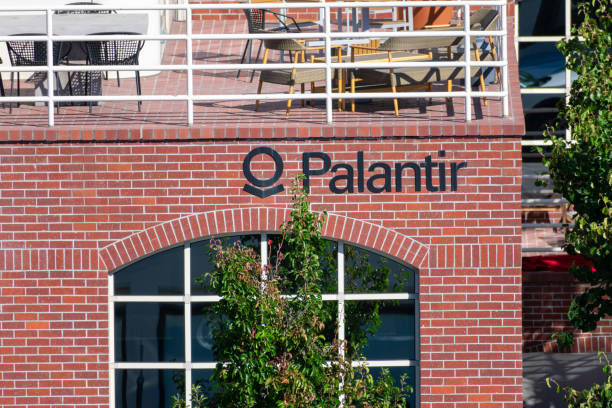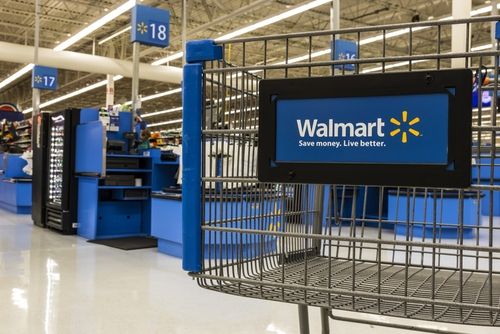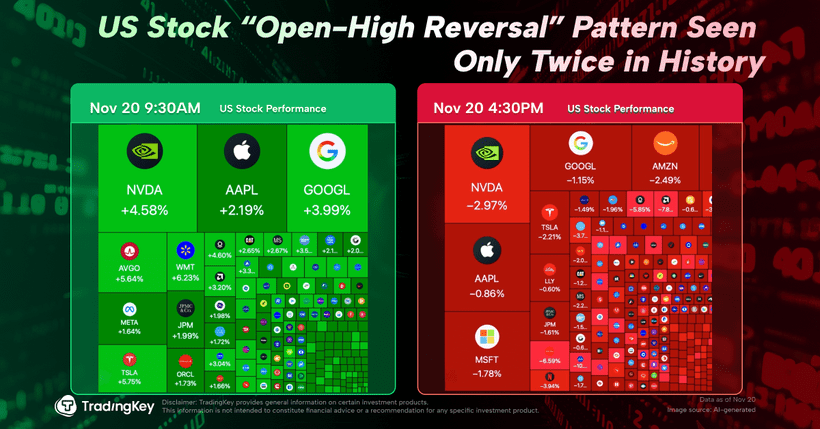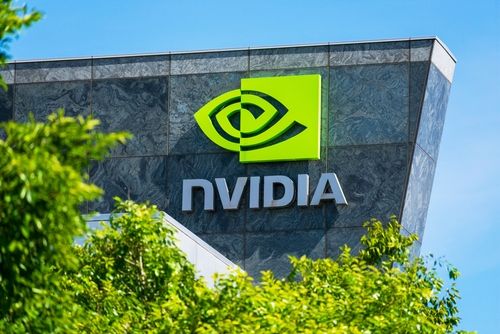[Reuters Breakingviews] Obesity kings’ buffet is slimmer than it looks
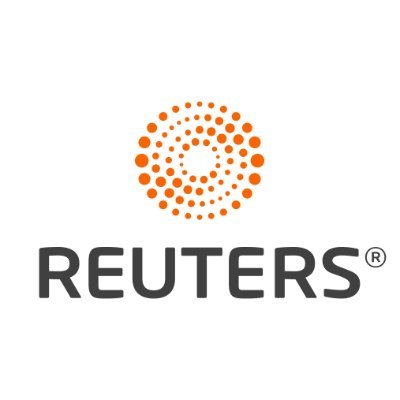
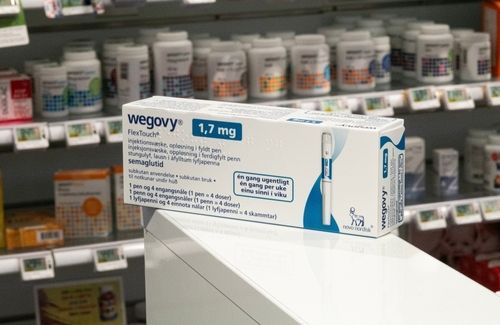
By Aimee Donnellan
DUBLIN, Oct 2 (Reuters Breakingviews) - Obesity kings’ plump future is under siege. Over the past month Roche ROG.S and Pfizer PFE.N have splurged over $10 billion scooping up promising treatments and other rivals are rapidly developing their own medicines. Incumbents $242 billion Novo Nordisk NOVOb.CO and $722 billion Eli Lilly LLY.N may reckon their head start will protect them from competition, but a wave of better and cheaper treatments could undermine their cosy duopoly.
Novo Nordisk and Eli Lilly dominate the weight-loss market. The Danish group’s Ozempic was released in 2018 for diabetes but is also widely used to tackle obesity, and was followed three years later with Wegovy, which is approved specifically for overweight patients. Eli Lilly followed close behind with Mounjaro and Zepbound. These medications are part of a class of drugs known as GLP-1s which work by mimicking a hormone that slows the emptying of the stomach and suppresses appetite, and have enabled users to cut weight by up to 20%. The two pharmaceutical giants are preparing new medications including oral alternatives and others that could potentially spark greater weight loss. By 2030, analysts at UBS are expecting the market for diabetes and obesity treatments to reach $130 billion. Last year, the market totalled $30 billion, according to data from IQVIA.
This weight-loss goldmine has also plumped up the duo’s valuations. Eli Lilly now trades at around 27 times forward earnings, nearly double the average for pharma companies, according to Visible Alpha data. While Novo Nordisk’s premium has diminished in recent months amid management churn and concerns about its pipeline, it is still worth some 14 times forward earnings, while Pfizer trades at roughly eight times.
In theory, the duopoly looks hard to break. Novo Nordisk and Eli Lilly have dramatically expanded their manufacturing base across the U.S. and other key markets, making it hard for rivals to step up production. Their brands like Ozempic and Mounjaro are trusted by doctors and insurance companies.
Yet rival drugmakers are still trying to catch up. In September, Roche unveiled its strategy to become a top three player in the obesity sector by 2030 after scooping up U.S. drugmaker 89bio for $3.5 billion. The Swiss group hopes to enter the market with an arsenal of products to service the widest possible pool of customers. It previously bought Carmot Therapeutics in 2023 for nearly $3 billion, and earlier this year it also splurged $1.6 billion on a deal to use Zealand Pharma’s ZELA.CO oral weight-loss drug. Pfizer also bulked up its obesity portfolio via a $7 billion purchase of U.S. biotech Metsera. In the UK, AstraZeneca AZN.L has partnered with China’s Eccogene.
The still young nature of the obesity market means new players may be able to muscle in. Many are working on tablet versions of the weight-loss drugs which would appeal to patients who don’t like needles. Some like Denmark’s Zealand Pharma are deploying new hormones including amylin, which like GLP-1s helps suppress appetite, but has been shown in clinical trials to have fewer gastric side effects. Newer drugs may be launched in small molecule form like aspirin and ibuprofen, which unlike the current peptide versions can be administered in lower doses as well as in combination with other drugs. That could be a powerful draw for the many obesity customers who also have other, related complications like kidney and liver disease, sleep apnea and heart conditions.
One key battleground will be tolerability. While Wegovy and Zepbound enable dramatic weight loss, a significant minority of patients struggle to stomach them. More than half of people who take GLP-1 drugs stop taking them after a year with many citing unpleasant gastric side effects, according to research published in JAMA. For another 10% the drugs have no effect at all. That means the current crop of medicines may leave as much as 60% of a $130 billion market up for grabs.
The current drugs can also lead to muscle wastage. Patients can lose up to 40% of their lean muscle while taking GLP-1s, which causes problems for older users who may be more prone to falls. It also means that people who come off the drugs and put weight back on may end up with even higher rates of fat than when they began taking the medications. These kinds of complications leave plenty of room for interlopers. For example, the pill being developed by AstraZeneca and Chinese biotech Eccogene has shown less muscle wastage in early clinical trials than current treatments.
Imagine the weight-loss market balloons to $130 billion by 2030, as per UBS forecasts. Put on a multiple of 5, the average of Eli Lilly and Novo Nordisk’s enterprise value to sales multiple in that year, and it’s worth $650 billion. If Eli Lilly and Novo Nordisk’s market share were to fall to 50%, they could lose business worth $325 billion, equivalent to roughly a third of their combined market capitalisation. Even that may be a benign outcome, given there are some 13 promising drugs in late-stage trials, and 130 in the pipeline behind that, according to a 2024 report from Stifel. If rival pharma groups can produce drug candidates that are easier to take and tolerate, then the duo’s fortunes will dramatically slim down.
Follow Aimee Donnellan on LinkedIn.
There are 264 drug candidates that could be launched in the obesity market
Obesity drug makers enjoy bulkier valuations than Big Pharma rivals


